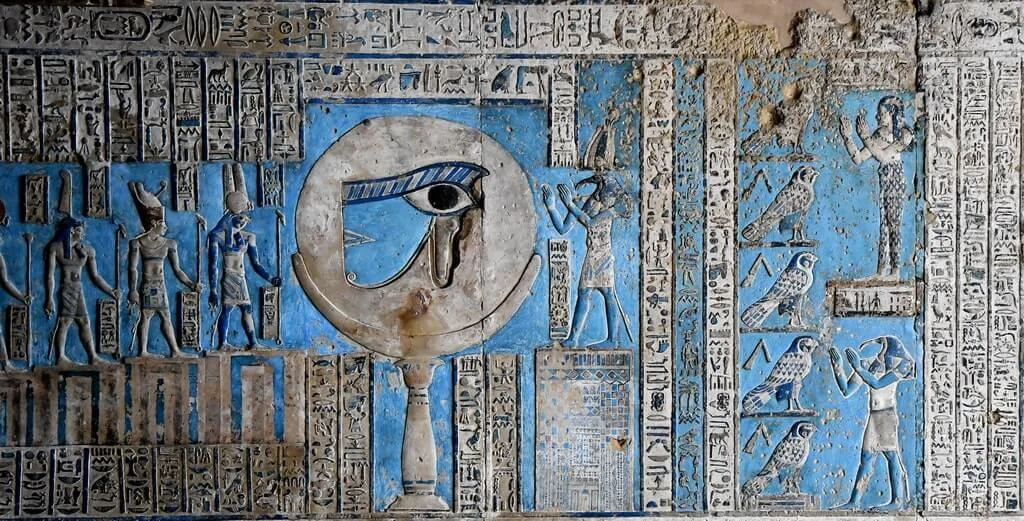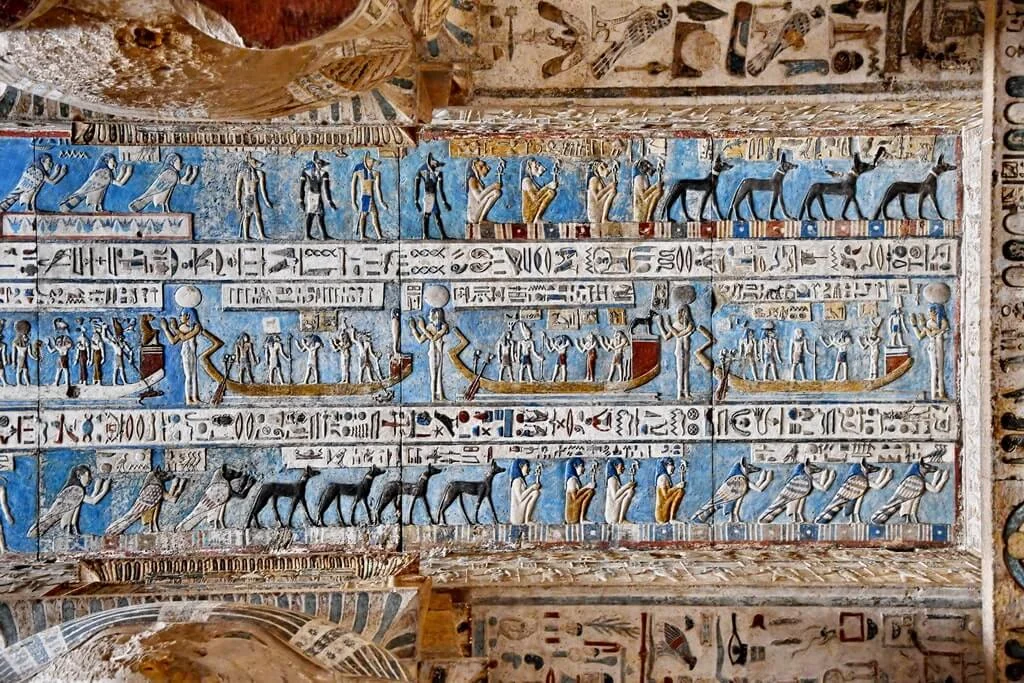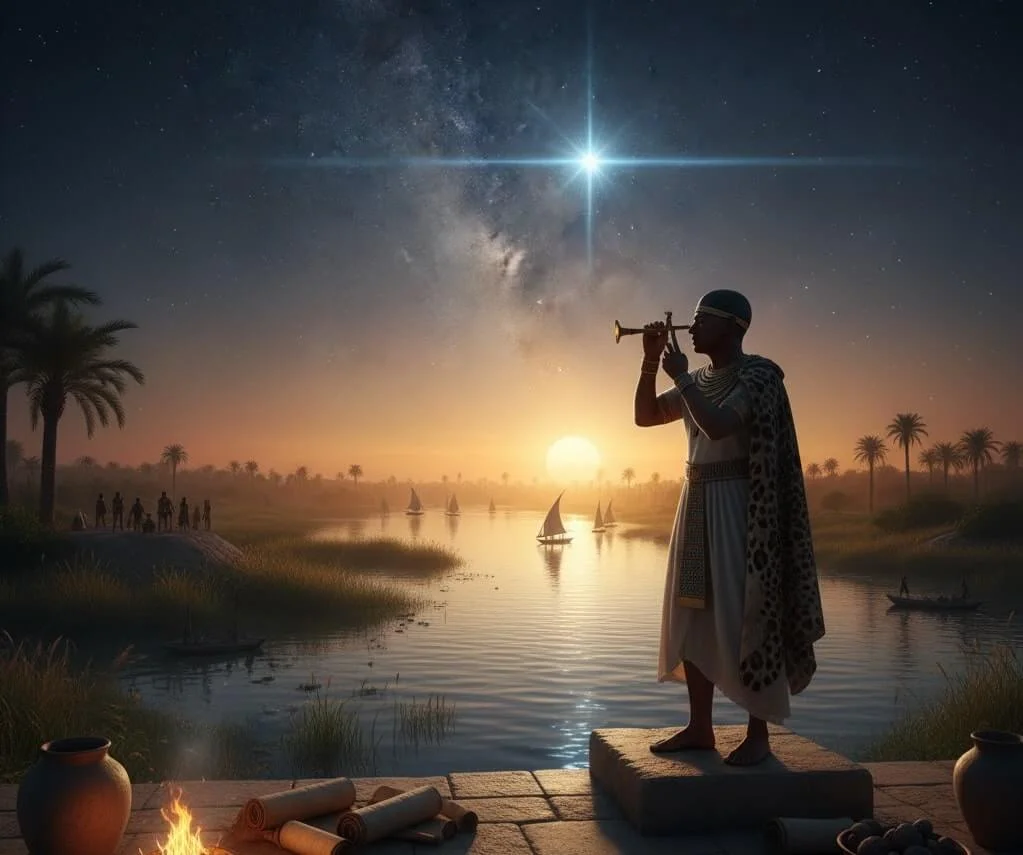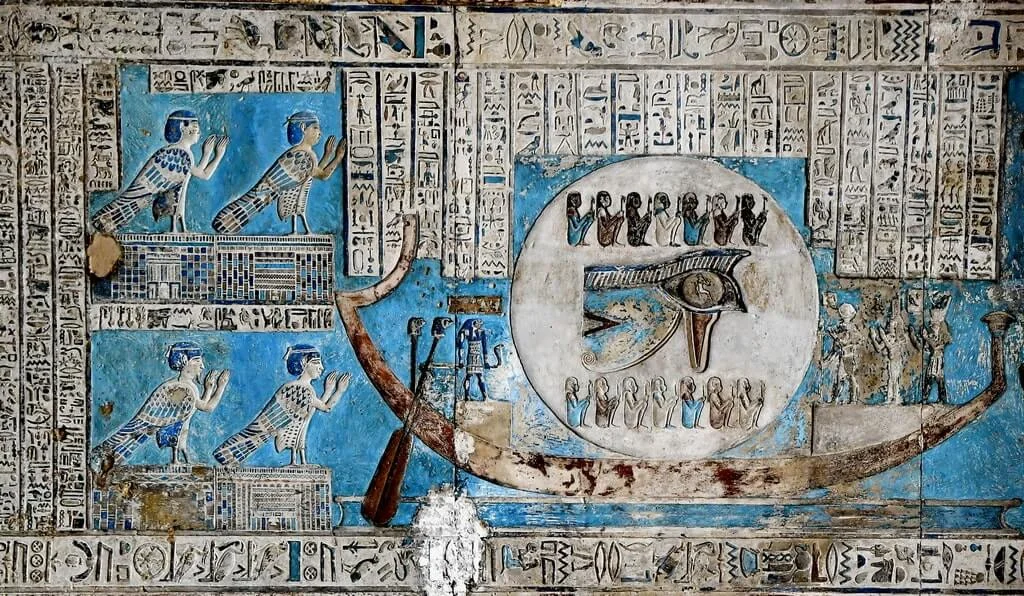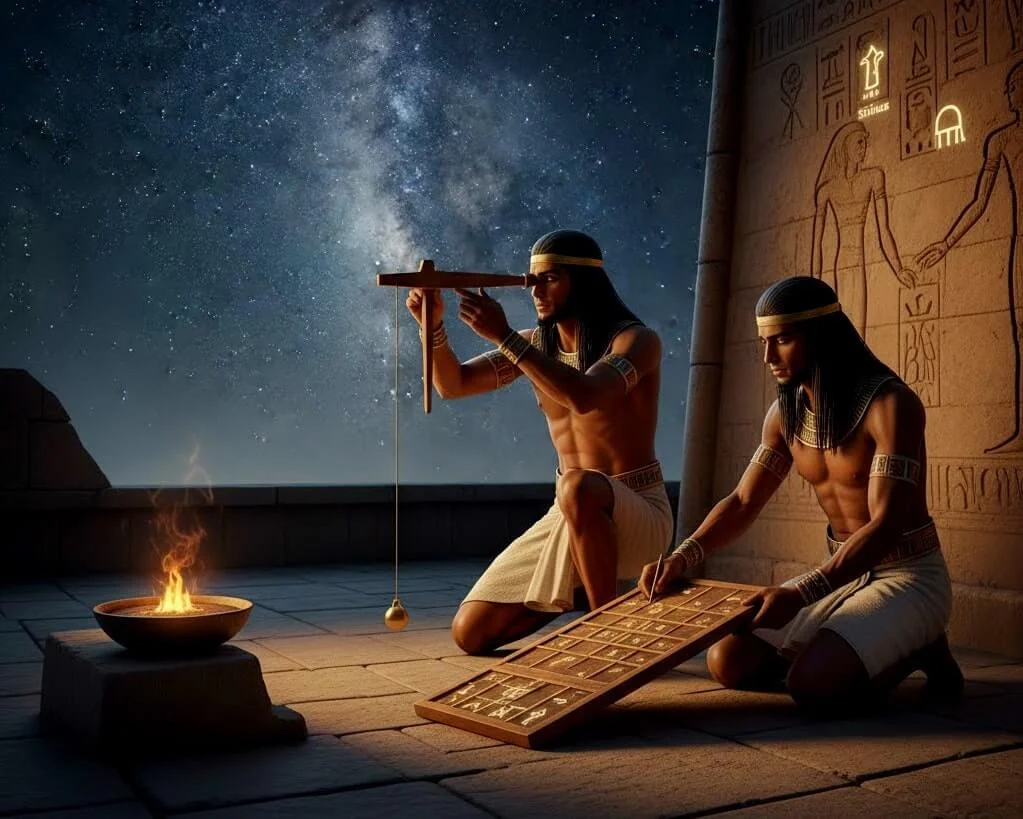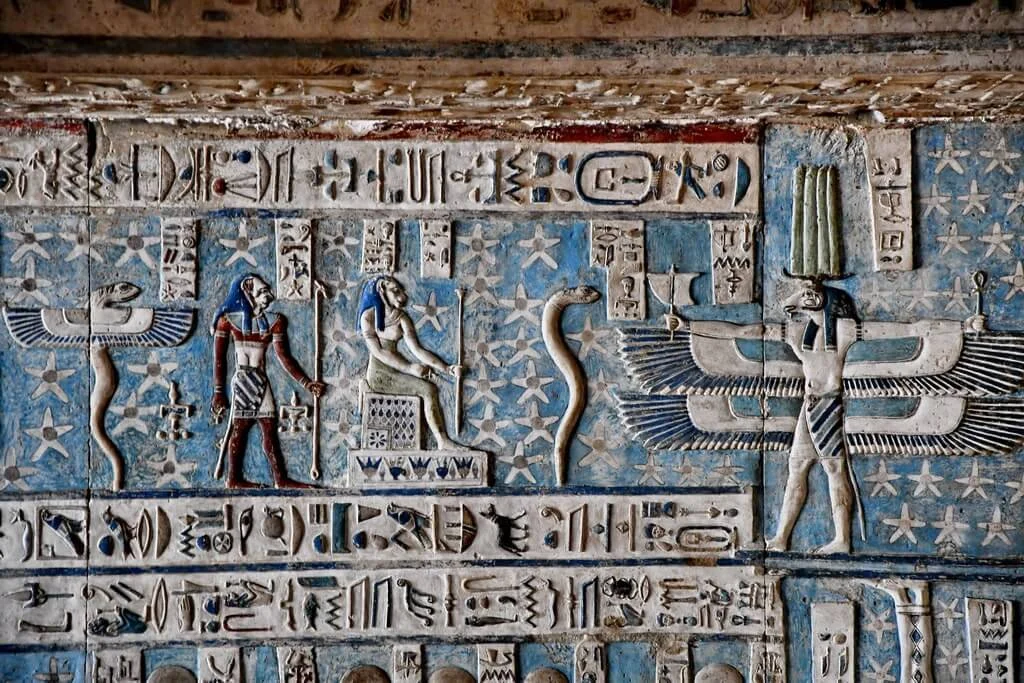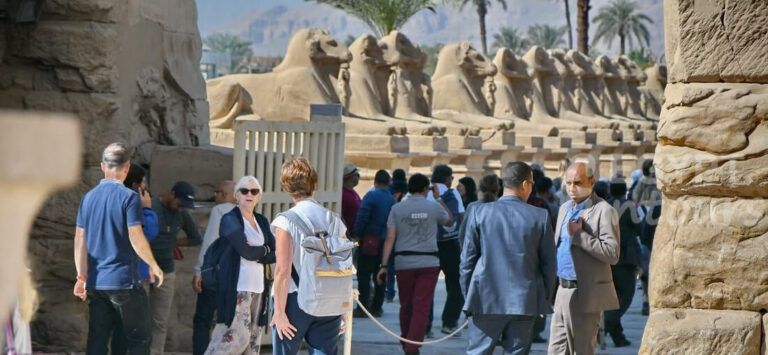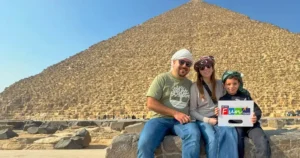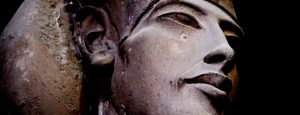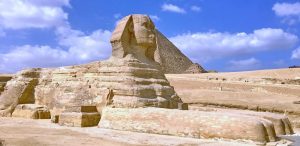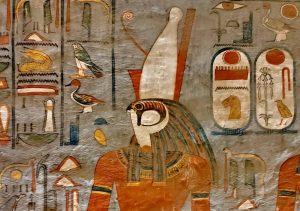How did the ancient Egyptians align the Great Pyramid to True North with pinpoint precision and predict the Nile flood to the very day? They were watching the heavens. The answer was Egyptian astronomy.
This was not a theoretical science; it was a practical tool for survival, order, and building for eternity. To the Egyptians, the sky was a divine clock to be read, not a mystery to be solved. Reading the sky correctly meant the difference between a successful harvest and a devastating famine.
In this article, we explore the practical genius of ancient Egyptian astronomy. We’ll discover how they used simple tools and a single key star to align monuments, invent the 24-hour day, and create the 365-day calendar we still use today.
What Was Ancient Egyptian Astronomy?
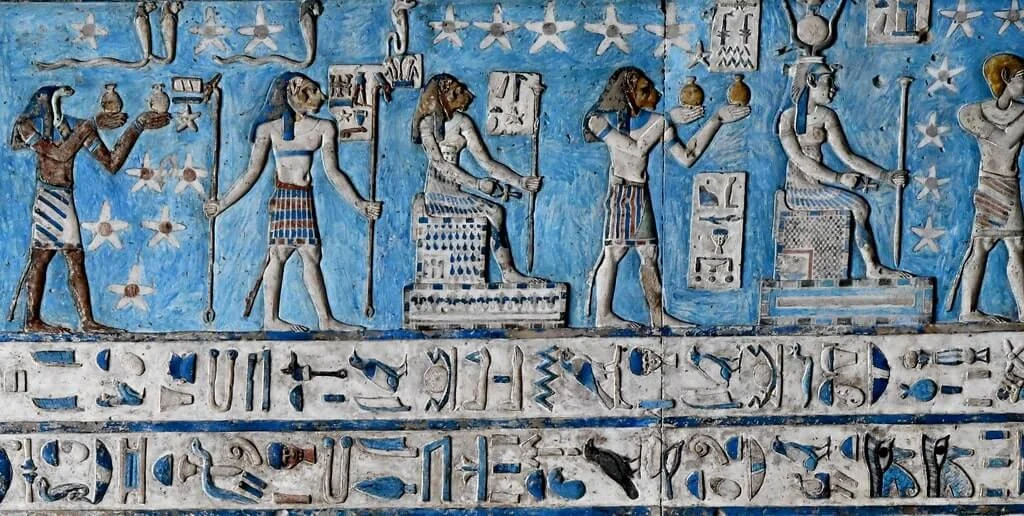
Ancient Egyptian astronomy was a sophisticated system of observing the sun, moon, and stars. Unlike modern astronomy, which seeks to understand the origins of the cosmos, the Egyptians’ goal was intensely practical. They used the sky as a divine clock, a farmer’s almanac, and an architect’s blueprint.
For them, astronomy was the tool they used to bring divine order, or Ma’at, to life on Earth. It was a perfect fusion of science, religion, and daily survival.
Quick Facts: The Sky in Ancient Egypt
- Main Goal: Timekeeping, agriculture (predicting the Nile flood), and aligning sacred buildings.
- Key Star: Sirius (known to them as Sopdet).
- Key Innovation: The 365-day civil calendar (the basis for our own).
- Key Artifacts: Star clocks (Decans), sundials, and temple alignment tools.
A Practical, Not Theoretical, Science
We must first understand this key difference. The ancient Egyptians had little interest in why a star burned with gas or how far away it was. They cared about what it did. When did it rise? Where did it set? What did its appearance predict?
A modern astronomer studies the physics of the star Sirius. An ancient Egyptian astronomer, by contrast, waited for Sirius to appear. Its arrival was a divine signal that the Nile was about to flood and it was time to prepare the fields. One is theoretical; the other is survival.
Astronomy as Religion
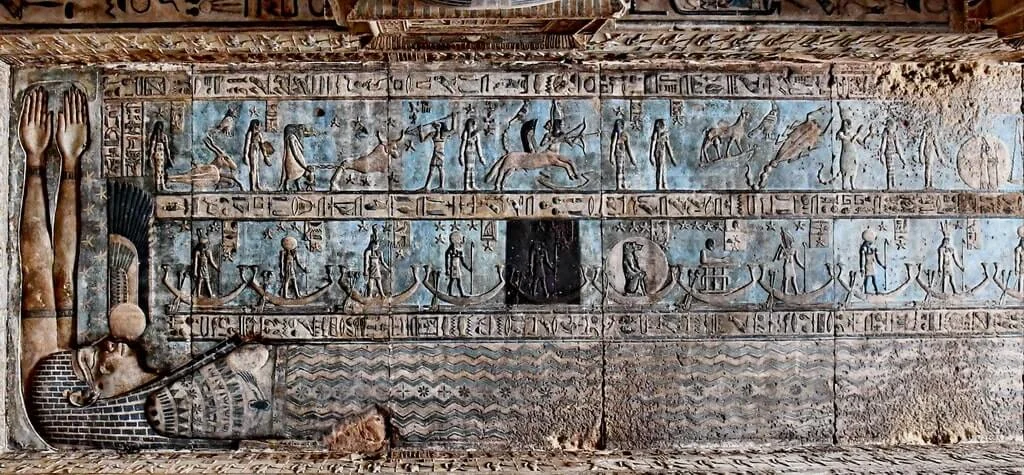
In Egypt, you could not separate science from religion. They were the same thing. The sky was a living, divine realm.
The sun god Ra did not just represent the sun; he was the sun, sailing his divine boat across the heavens each day. The constellation Orion was the god Sah, ruler of the stars. The pharaoh’s soul, after death, was believed to ascend and become one of the “imperishable stars” that circled the north celestial pole.
Therefore, tracking these divine bodies was not just for farming. It was an act of worship. It was the priests’ sacred duty to keep this cosmic schedule and ensure that life on Earth was a perfect reflection of the order in the heavens.

